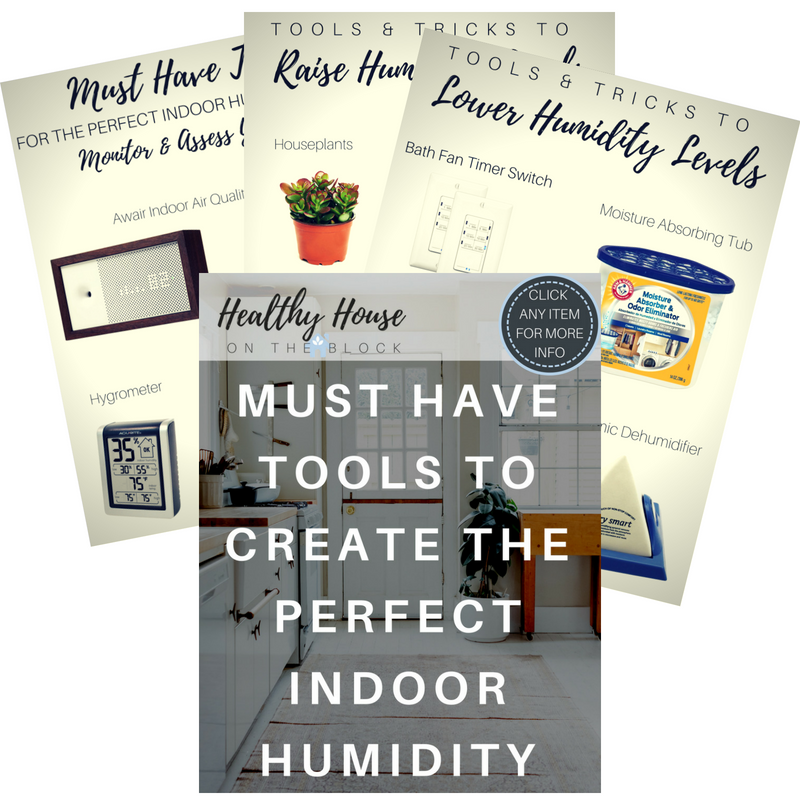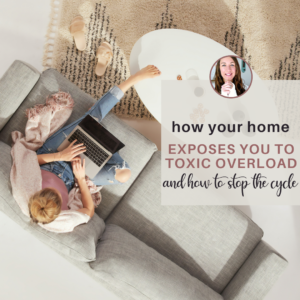
At one time or another we’ve all walked into a basement and smelled that musty smell. There’s never a great way to describe the odor other than just a humid basement that has a damp smell. And even if you don’t know that smell or your home doesn’t really have that smell, it can still be a damp environment with too-high humidity levels.
A home that’s too humid can sometimes go unnoticed for years before the problem is realized. And while it isn’t always a health concern, a home that has humidity levels on the higher end has been shown to be an unhealthy space to live in.
Some areas of the world and country have more severe problems with the high humidity levels. Most people think Minnesota is a cool and chilly place to live, but in the summer our humidity levels soar along with the temperatures. This climate change can create temporary problems with humid levels inside during the winter months.
I know that a humid environment and fixing a damp home is not necessarily the most glamorous part of creating a healthy home. But it’s definitely a necessary and often very simple part of the process. This blog post will cover everything you need to know about your own home and a damp environment, including:
- What technically is a damp house and how can you test for it
- How a home becomes too humid in the first place
- Ways to treat a damp house
- How to prevent high levels of humidity inside
Even if your home isn’t a humid space now, it’s still important to know how to prevent the possibility of a damp house in the future. You’ll not only prevent a must smell or humid basement, but you’ll be keeping your home as a healthy living space.

WHAT IS TECHNICALLY A DAMP HOUSE?
In general, the ideal humidity levels for a home are between 30% – 35%. This is on the dryer side, but for good reason. A dry indoor climate is ideal for not only your home but also for your health and wellness.
Any home that is more humid than 35% begins to have the potential for a variety of problems that will affect the home’s environment and your own health.
For starters, mold and mildew thrive in humid conditions. The more humid the air inside your home is, the more likely spaces behind cabinets and sinks have high humidity levels as well. This damp environment becomes a breeding ground for mold and mildew. And because mold is an organic toxin, it feeds on any porous surface like wood, sheetrock, carpet or textiles.
From a mold inspector’s point of view, anytime even a little bit of mold is present in a home, it can quickly become an out of control issue. Often mold is unseen, and therefore, if you do see mold somewhere in your home due to damp conditions, it could be a bigger problem underneath surfaces. Last summer I met Hope who shared her family’s mold story and how they fixed their home and health.
If you do notice mold or have any concern that mold could be a potential issue in your home, the first step is to have a Mold and Mycotoxin Assessment done.
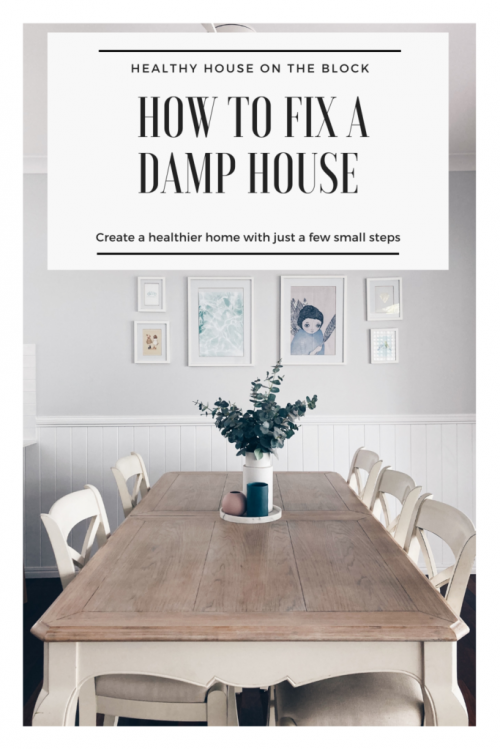
Another reason that you want to keep your home dry and under control is to prevent pests and dust mites from making their way into your space. Dust Mites, which are an allergen for many people, thrive and reproduce at higher humidity levels. The best policy is to keep your home free from dust, wash bedding and textiles often and keep your home’s humidity levels close to that 30% – 35% range.
Because many insects and spiders also like damp conditions, they can begin to make your home, their home when the conditions are too damp. And where insects live, pests will visit often to get their food. The more you keep bugs and spiders out of your space, the less temptation there will be for mice and other pests to make their way inside for food.
And finally, if you remember our discussions about VOCs and Formaldehyde, you may remember that a warm, humid environment is also an environment that promotes off-gassing of these toxins. All homes contain VOCs and Formaldehyde in the building materials and finishes of the home. And while we’re not able to completely avoid these toxins, it is possible to reduce how much the toxins are off-gassing into your home.
A cooler, dry environment inside your home will create a space that doesn’t promote off-gassing of these toxins at high levels.
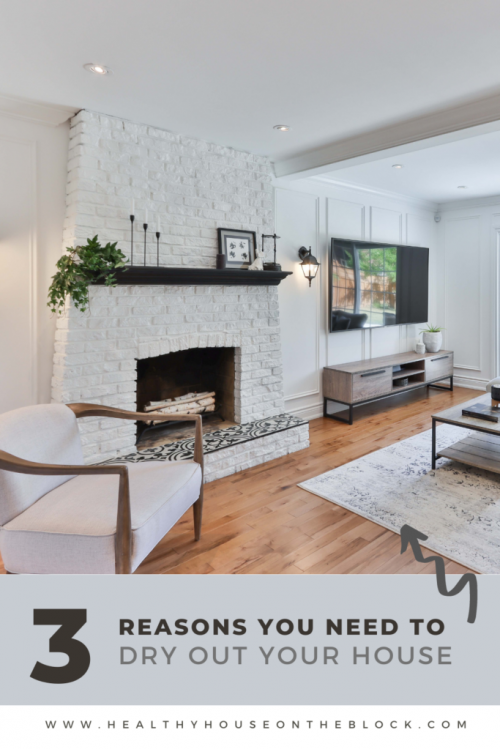
TEST YOUR HOME’S HUMIDITY LEVELS
A simple and inexpensive hygrometer is the best tool you can use to check your home’s humidity levels. You can check not only specific rooms of your home, but you can also check inside cabinets and other places where there may be higher than average humidity levels due to being a closed off space.
You can also trust your nose sometimes. If you walk into a basement or a bathroom and it smells musty or damp, you can bet that it has high humidity levels. It’s usually a good idea to confirm this with a hygrometer, or you can just begin to treat the area as if it has high levels of humidity.
If you visually see mold or mildew in certain areas, this is another tell-tale sign that your home may be damp and need some evaluation. If mold is growing on a porous surface like sheetrock, textiles, carpet or wood, it’s a good idea to have an environmental mold test done to ensure you’re not being exposed to an extremely harmful strain of mold.
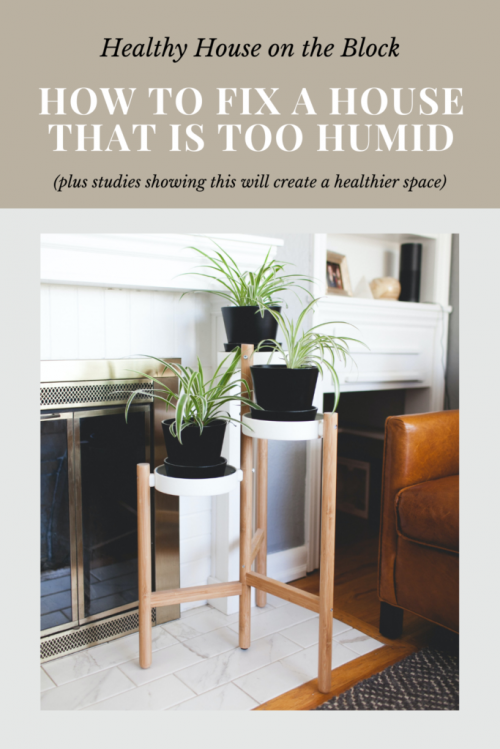
HOW A HOME BECOMES TOO HUMID
Poor Ventilation: A home that has very little air flowing in or out of the space can become humid very quickly. Due to our daily habits and just breathing, we create moisture that is expelled into the air. If the air has no way to circulate or leave, a home can become humid very quickly.
Condensation: Some homes have issues with condensation collecting on windows and walls in colder months and in humid climates. This condensation that forms is allowed to evaporate into the air, causing humidity levels to rise. Condensation in cold months can indicate poor insulation or inefficient windows.
Failure to Waterproof: Concrete or stone walls, especially if underground, can draw moisture from the soil or climate outside into your home. These materials act like a sponge and moisture ends up on the inside of your home. This can happen more frequently in the spring months as snow melts and the ground is usually more saturated with moisture. If concrete or stone has a waterproof coating painted on, however, this can stop the problem of moisture intrusion.
Poor Insulation: Insulation that is substandard can create the problem of moisture traveling in from the outside of the house as well as condensation on walls and windows. Insulation and the issues with condensation often go hand in hand as the thermal barrier of the home is compromised.
Moisture Intrusion: Moisture intrusion refers to a leak from plumbing or a leak from the exterior where water can enter the home. Moisture intrusion of any kind is often a problem that is occurring over and over again and so moisture ends up in the where it evaporates into the air, creating a more humid, damp environment.

WAYS TO TREAT A DAMP HOUSE
Improve Ventilation: Getting the air flowing through your home is going to be a huge help to alleviate moisture that is in the air. You can do this through using ceiling fans, and running your HVAC fan to get air moving around. You can then open windows and doors if the air outside is not extremely humid. COmbining these two techniques together can really help reduce moisture inside your home.
Remove Condensation: Any condensation that forms on windows or walls should be removed daily. You’ll probably notice that most condensation shows up overnight when your home is cooler and you also have shades or curtains drawn. This is a recipe for condensation forming on most windows, but especially if your windows aren’t extremely energy efficient. Make sure you remove condensation each day with a towel to prevent that moisture from evaporating into the air.
Waterproof Foundation Walls: Use a paint on waterproof coating for foundation walls to prevent any moisture from wicking inside your space. AFM Safecoat has a completely toxin free option that you can purchase at the Green Design Center. This is an easy afternoon project of painting your foundation walls on the interior of your home to prevent moisture from entering your space.
Improve Insulation Levels: This can be a tricky one to do if your home is already built and all the spaces are finished. But if you have an unfinished basement that you can improve insulation levels in, it can greatly reduce moisture intrusion from the outside as well as prevent condensation. This post has some great options for toxin free insulation in your home.
Repair Leaks: Any leaks from plumbing or from the exterior should be fixed and repaired right away. Any water that enters your space will evaporate into the air and also has the potential for causing mold and mildew problems.
Take Care of the Outside: The outside of your home can play a HUGE role on the interior health of your home. If your home’s soil slopes towards your home (negative grading), you can expect to have moisture sitting near your foundation constantly. Another exterior area that can help eliminate interior moisture is by adding gutters or cleaning out your current gutters. This will drain moisture away from your home properly, preventing it from entering near foundation walls.
Use a Dehumidifier: If you’ve done all the above steps and you’ve changed your habits to reduce dampness inside but it’s still not working, there’s one last solution. The last thing I like to try is using a dehumidifier. Some homes just have spaces that are more damp and humid than other homes and they require a humidifier that will help dry out the space and get humidity levels back to 30% – 35%.
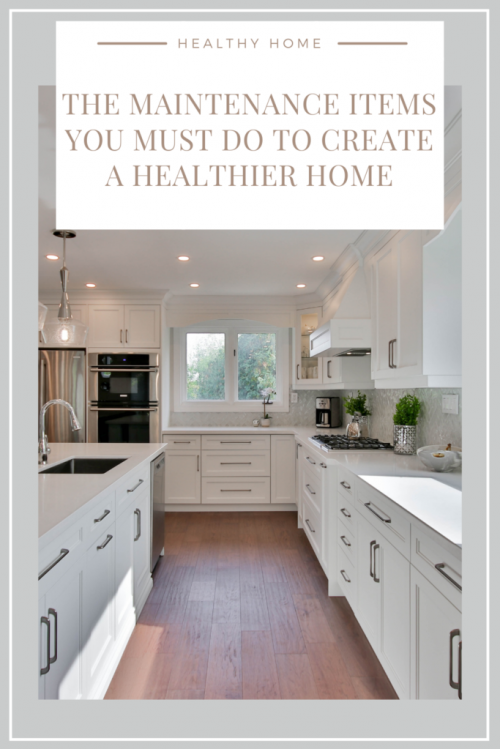
HOW TO PREVENT HIGH LEVELS OF HUMIDITY INSIDE
Don’t Overwater Plants: Overwatering plants can add a lot of extra moisture to the air over time as the water will continue to sit inside the soil, releasing constantly if the plant can’t use it all. Especially if you have a concentrated area of plants in your home, you’ll want to be careful about overwatering and allowing water to sit in the soil or platner.
Use Vented Fans: Vented fans are one of the best, most under rated components of a healthy house. Vented fans should be run during showers and baths and for about 20 minutes afterwards. This will help reduce the humidity levels in the isolated case of bathing. You can also use a vented fan when you cook and have a lot of steam coming from pots and pans. And finally, if you have a vented fan in your laundry room, use it whenever you’re doing laundry to prevent all the heat and moisture from evaporating into the air.
Clean Your Gutters: If you have gutters, make sure they’re free and clear of all debris. This will ensure that when it rains or snow melts, you won’t have the gutters overflowing directly next to your foundation. Instead, they will safely route water away from your home and foundation. In the same breath, make sure that your gutter extensions are connected and unblocked as well.
Avoid Indoor Laundry Drying: Drying clothing inside on clothing lines or clothing racks will cause a lot of moisture to evaporate into the air. Line drying clothing is best done outside or with the use of a fan to reduce any moisture that would evaporate and enter the air. Another option is to partially line dry and partially dry in the dryer to reduce the evaporation issue a little bit.
Getting rid of the damp feeling in a humid home or musty basement can very easily be done, it’s just a combination of habits and maintenance. In the long run, it will greatly benefit the health of your home and your health as well. It’s one of the building blocks to creating a truly healthy home that will support your health and wellness.

